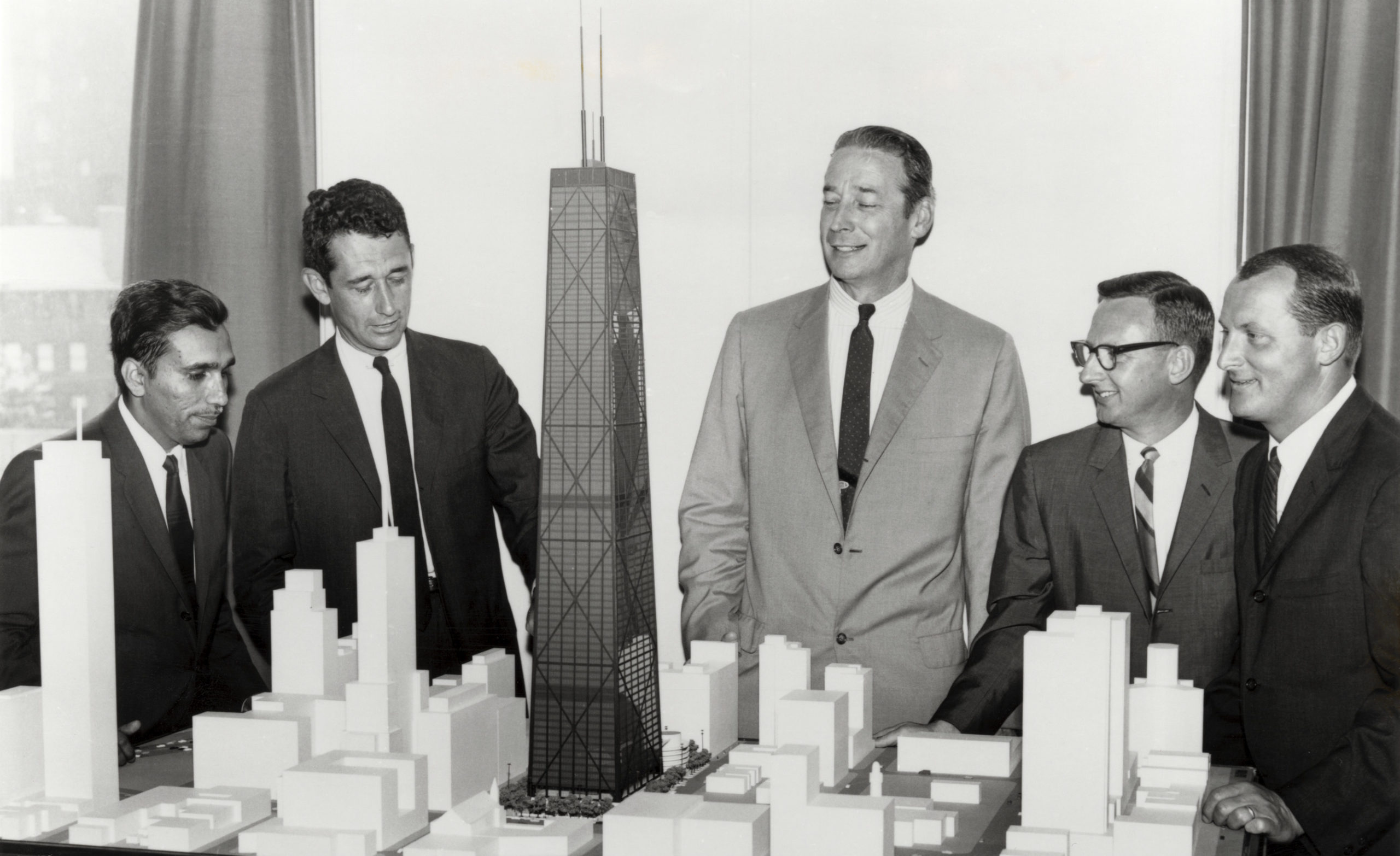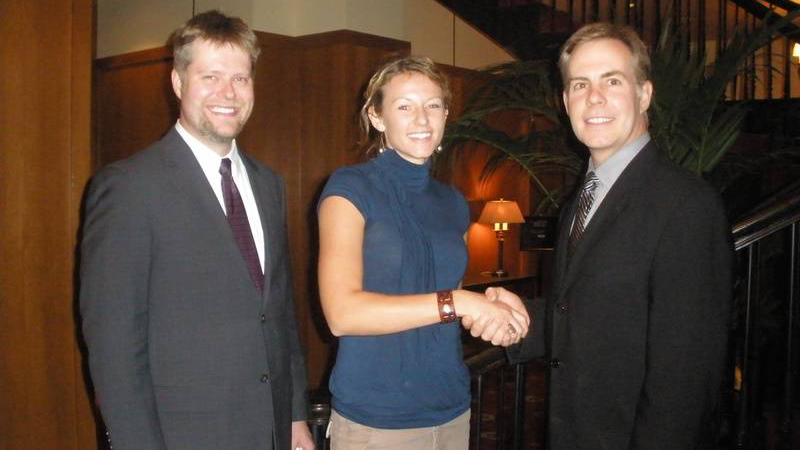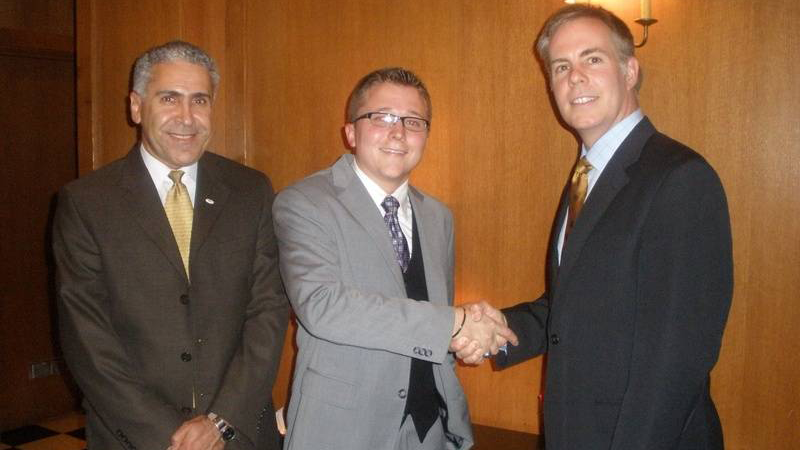
The Chicago Committee on High Rise Buildings (CCHRB) is a not-for-profit organization founded to support research and disseminate information for economic design, construction, operation and rehabilitation of high rise buildings. Members are experienced and skilled in the design, construction and operation of high rise buildings.
The original members of the CCHRB met in 1968 and proposed the formation of the organization. The CCHRB was formally established on May 6, 1969, making it the first organization in the world established to specifically advance knowledge of high rise buildings.
Today the Committee consists of about 80 members including architects, engineers, specialty consultants, building owners and building managers, general contractors, specialty contractors, representatives of professional organizations, and members of the legal profession. The Commissioner of Buildings and Deputy Commissioner of the City of Chicago participate as ex-offico members. The purpose of the Committee is to investigate problems or enhancements, support research and disseminate information for economic design, construction, operation and rehabilitation of high-rise buildings.

In order to join as a new member, you must have credentials and potentials consistent with the mission of the organization. New candidates must be nominated by a current member of the CCHRB. Candidates must compile an application package consisting of (1) a Letter of Interest from the candidate, (2) a Curriculum Vitae indicating contributions to the field of high rise buildings, (3) a Nomination Letter from a current committee member, and (4) Letters of Support from three additional current members of the CCHRB.
The nominating member committee will forward the application package to the CCHRB Chair, who will present it to the Executive Committee for an initial evaluation. Nominations approved by the Executive Committee will be forwarded to the full CCHRB for a final vote on the candidate’s membership.
The CCHRB Secretary informs the candidate of the decision and, if approved, delivers a copy of the CCHRB Constitution and Bylaws along with a letter to accept membership in the CCHRB according to the conditions and responsibilities articulated in the Constitution and Bylaws. Membership is complete upon receipt of the signed acceptance letter and payment of annual membership dues.
Members are expected to attend monthly meetings of the committee or send an alternate in their place, if unable to attend. CCHRB meetings are open only to current members or their alternates and guests. Committee members must also contribute to the objectives of the Committee by active participation in CCHRB task forces, giving presentations, helping to organize CCHRB activities, and other such activities.
The CCHRB funds an annual scholarship program to support eligible students at any college or university program, with an alumnus who serves as a member of the committee. List of alumni school programs is included in the Scholarship Questionnaire. Applicants should download the Scholarship Announcement and Questionnaire, below.
Your area of study must be directly related to some aspect of the CCHRB purpose, which is to further the design, construction, operation, and/or rehabilitation of high-rise buildings. This includes, but is not necessarily limited to architecture, engineering, construction management, and real estate. Graduate students are eligible; highly qualified senior and junior-level undergraduate students are also encouraged to apply. You must have at least one, and preferably two, semesters remaining.
CCHRB will select the applicant(s) who have best demonstrated that they deserve to receive an award. The Questionnaire is open book, and meant to gauge awareness of the complexities and challenges in high-rise design and construction. Your personal statement should be focused on your connection to the purpose of the CCHRB. Other selection criteria include academic achievement, community service, extracurricular activities, and financial need.



